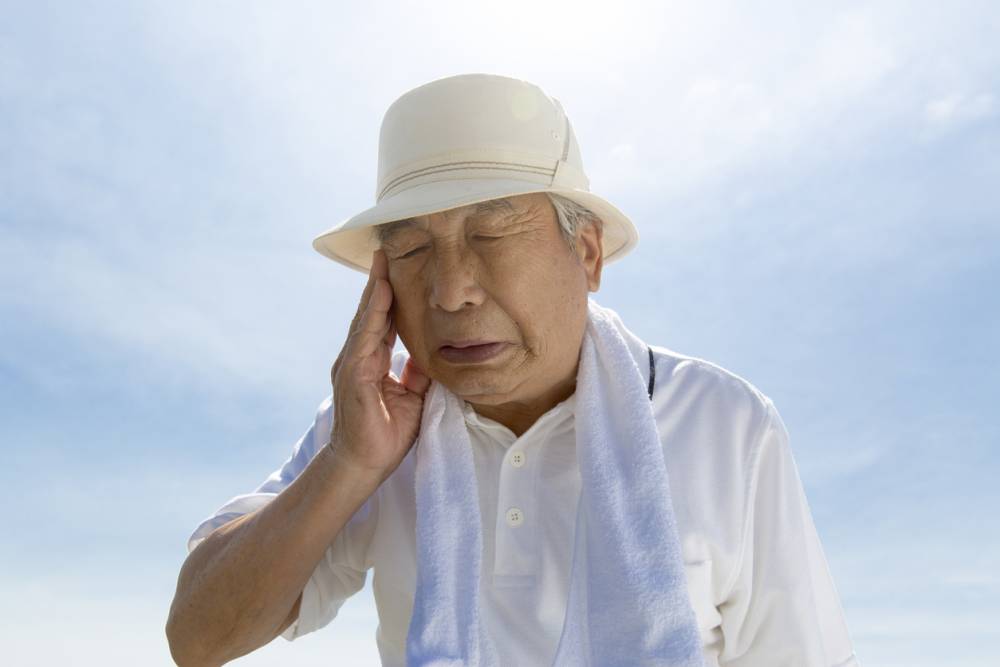
As summer arrives, and heat waves have already made their way around the country, it’s safe to say that we’re in for a hot one. One of the biggest risks during Australian summers is falling to sun and heat exposure, and some of those who are most susceptible are older people.
According to the Aged Care Quality and Safety Commission, those who are particularly at risk include; “those with dementia who may not recognise that they are heating up, those who are very frail or have a low body mass who may heat up more easily, those who struggle to maintain good hydration, those with mobility problems who cannot move themselves to a shady area or cooler space, or who can’t remove outer clothing or bedding.”
In order to help keep them safe, the Commission has sent out some of their top tips on how to minimise sun and heat exposure in older people and keep them cool and healthy as the temperatures rise.
Monitor fluid intake of vulnerable residents
Encourage more frequent drinking of fluids
Staying hydrated is one of the most important things to do in extreme heat during summer. Making sure older people are keeping hydrated and maintaining fluid intake can help minimise some of the risks associated with heat exposure. Older people who are living with dementia may not realise that they haven’t been drinking water, so encouraging increased fluid consumption will make sure they’re staying hydrated.
Be aware if toileting becomes less frequent as a sign of poor hydration
Monitoring toilet trips and keeping track of those who aren’t going enough is a sure sign that someone isn’t drinking enough water and are at risk of being dehydrated. Dehydration can exacerbate the side effects of heat and sun exposure, so keeping an eye on who is and isn’t going to the toilet will tell you a lot about their fluid intake.
Respond as a priority to residents saying they are, or appear, hot or thirsty
Make sure that all residents who may look hot or thirsty even if they haven’t said they are, are the priority on especially hot days. Giving them something cold to drink, moving them into cooler locations, and keeping an eye on their appearance and body language will make sure they don’t become overheated.
Remind and assist residents with sunscreen, hats and protective clothing if sun exposure is possible
Before venturing out on a hot day, making sure that all residents are properly dressed and protected from sun exposure can help minimise the effects of heat exposure. Wide brim hats, plenty of sunscreen and umbrellas are all effective ways of keeping the sun off of people and making sure they’re protected from the sun.
Offer tepid sponging or showering
Having a nice hot shower may be exactly what someone wants in the colder months, but as the temperature outside warms up, the water temperature should drop. Offering cooler temperature showers or sponging can help keep the temperature of older people’s skin low, and cool them down if they’ve just been caught in the heat.
Be aware of the signs of overheating, including red or very pale skin, or confusion, as a clinical emergency
Always stay up to date and aware of the signs and symptoms of someone suffering with heat or sun exposure. Being able to identify them quickly will help you treat them faster and in some cases, can be the difference between life and death.
For more information, you can check out the following Commonwealth Department of Health fact sheets:
Residential Aged Care – Caring for Older People in Warmer Weather